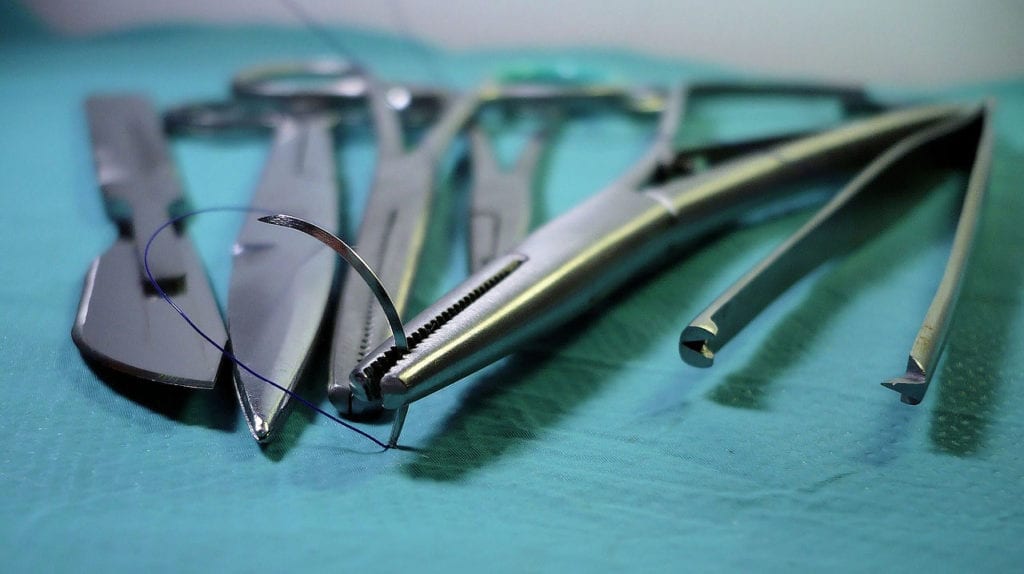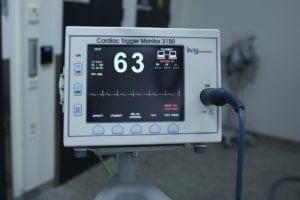Over the last few decades, there have been immense advancements in medical technology and care options. However, not all of these advancements contribute to better patient outcomes. For example, more physicians have been leaning towards aggressive ablation procedures, such as MRI-guided fibrosis ablation, for patients with atrial fibrillation (AFib). But researchers from Tulane University questioned whether these aggressive procedures benefited patients more than simple ablation procedures, such as conventional catheter ablation. Overall, results from the DECAAF II clinical trial highlight that more simple ablation is the better and recommended treatment option for AFib.
Interested in learning more? Take a look at the study findings in JAMA.
Ablation: An Overview
Johns Hopkins Medicine explains that ablation:
uses small burns or freezes to cause some scarring on the inside of the heart to help break up the electrical signals that cause irregular heartbeats [and] help the heart maintain a normal heart rhythm. A doctor puts catheters into a blood vessel in the groin and threads it up to the heart giving access to the inside of the heart.
If using heat, the doctors use radiofrequency energy. Alternately, if using the cold, the doctors use cryoablation.
Discoveries from the DECAAF II Trial
Altogether, 843 individuals with AFib enrolled in the DECAAF II clinical trial. During the trial, researchers first performed MRIs on the participants. This gave the researchers a better understanding of how much diseased tissue was present in the heart. Next, the participants were split into two groups. The first group received pulmonary vein isolation (PVI) treatment, a form of simple ablation in the upper left chamber of the heart. For the second group, the doctors created detailed three-dimensional maps of diseased heart tissue using the MRIs. Through this, the doctors then performed traditional PVI treatment, but also more aggressively ablated other areas of tissue.
Ultimately, findings from the study included:
- Patients who received just PVI, or PVI and more aggressive ablation, had similar rates of recurrent arrhythmias.
- Approximately 1.5% of those within the more aggressive treatment group had a stroke during the course of treatment. According to the study researchers, this means that more aggressive treatment could increase the risk of adverse reactions such as strokes.
The researchers believe that there should be more uniformity in ablation procedures, but also that doctors should be aware that aggressive ablation is not always the best option for treating patients.
What is Atrial Fibrillation (AFib)?
Atrial fibrillation refers to a rapid and irregular heart rate that is considered to be the most common form of arrhythmia. There are four main subtypes: occasional or paroxysmal, persistent, long-standing persistent, and permanent. While all forms may require treatment, permanent AFib is the only form in which heart rhythm cannot be restored. AFib increases the risk of developing other health issues, such as cardiac-related complications, stroke, or heart failure.
So what causes AFib? Well, AFib results when chaotic electrical signals occur in the two upper chambers of the heart. This can result from many causes, such as heart abnormalities or damage, high blood pressure, an overactive thyroid gland, congenital heart defects, stimulant exposure, and lung diseases (among others). Symptoms can include:
- Dizziness and lightheadedness
- Fatigue
- Heart palpitations
- General weakness
- Exercise intolerance
- Chest pain
- Shortness of breath








